No. 42
Decorate smart
Designer advice for sensible style
The first law of decorating: Start with limited-choice items
Paint comes in a million colors, so you’ll have no trouble finding a color that works with the new sofa. But finding a sofa to complement your paint may be a hopeless quest. So choose a sofa first. This philosophy applies to all decorating choices, from flooring to light fixtures and everything in between.
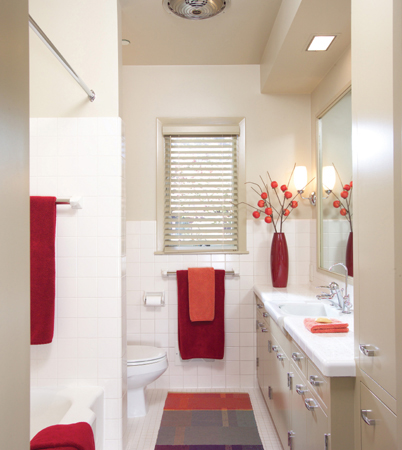
White works now, and later
Bland colors—shades of white, gray or beige—are a wise choice for permanent, hard-to-change items like toilets, tile, tubs and countertops. They don’t provide much drama, but you can add pizzazz with paint or simple, inexpensive accents like rugs or pottery. And as fashions change, you can update the look without costly remodeling.
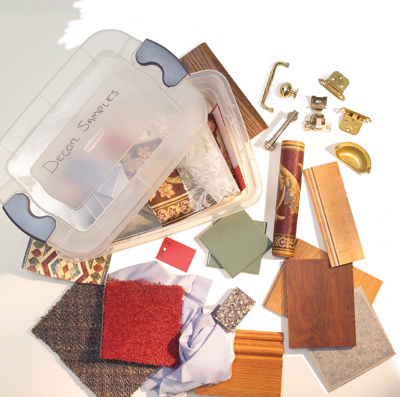
Home décor database
Get a cheap plastic bin and toss in samples of all the materials you’ve chosen: Wallpaper, fabrics, paint chips— leftover hardware, too. When you need new curtains or carpet, you’ll have everything you need to make a match.
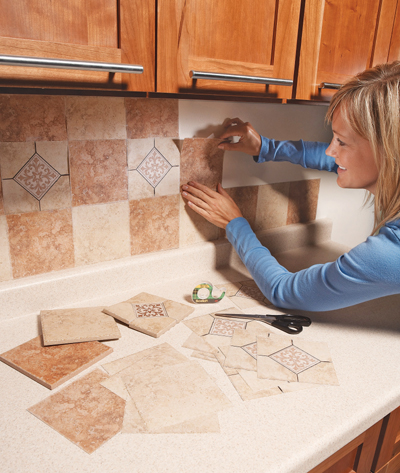
Preview tile
Choosing tile colors and patterns based on a few samples is risky—and you’ll live with the results for years. So here’s a worthwhile exercise: Make photocopies and tape them in place. When you’ve found a layout you like, snap a photo to guide the tile installer.
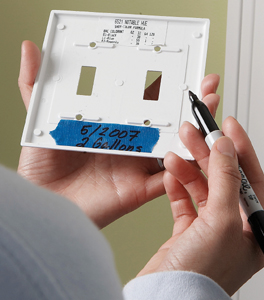
Permanent paint record
Before you put the switch or outlet covers back in place after a paint job, jot down the paint color. You may misplace your paint sample, but you’ll never lose this reminder.
Voice of experience
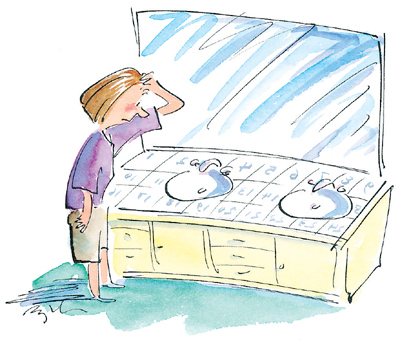
Blinded by the light
One sunny afternoon, my husband and I selected tile for our bathroom floor and vanity top. The two complement each other beautifully—but only on sunny afternoons. On cloudy days or evenings, the vanity takes on a blue tone and the floor is green. Looks awful. Now we always examine color combinations in different light conditions, natural and artificial, in fair weather and foul.
Amy Hooper, The Family Handyman Field Editor




